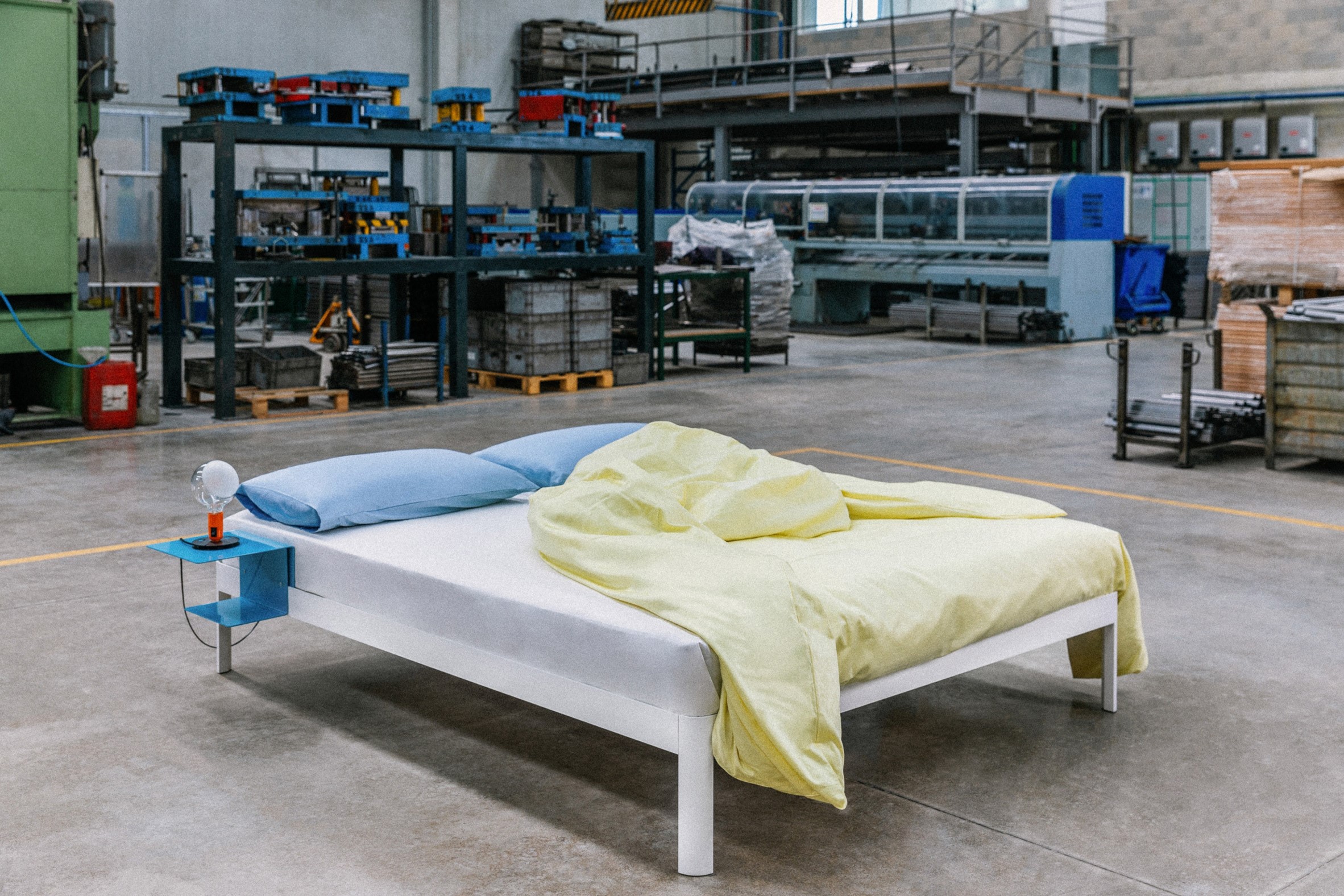

Tim Rundle is a designer based in London who has created a modular bed in collaboration with Danish brand ReFramed, utilising recycled aluminium that can be assembled with "no loose screws and just one tool". As exciting as the idea may seem, the bed is extremely sturdy and has been made keeping sustainability in mind.

Aluminium is the most sustainable material, and recycling it leaves behind lesser carbon footprints than the production of primary aluminium. Inspired by the notion of circular economy and ideas such as reusability, endurance and malleability, a ReFramed bed truly justifies the tagline, "a bed for life".
Tim Rundle said a few words about his creation: "The ReFramed bed was designed to address a gap in the market for well-designed beds."
"It is a category that has been somewhat ignored by most design furniture brands, typically catered for at the lower end by IKEA and the upper end by the super-premium Italian brands," he added.
As the brand confirms, the beds are made of extruded aluminium profiles as the material is excessively user-friendly with its incredible strength and recyclability quotient. Moreover, sourcing recycled aluminium is also easy nowadays owing to big brands coming up with their flagship recycled aluminium in an urge to build a better, sustainable future.
Tim Rundle has meticulously chosen building elements from the exhibition stand industry in an endeavour to develop a simple, quick and dependable fixture.
The bed parts are comprised of various detailed aluminium components that the brand customises and replaces during events of damage or misplacement. In fact, the user can return old parts to the company "for refurbishment and re-use."
If the bed is taken apart, all its components can be fitted within a standard size for shipment. To be on track with modern life and minimalist living, ReFramed has come up with a simplistic and "unimposing design" suitable for any interior.
ReFramed commented: "A new brand and a blank canvas allowed us to question everything we know about designing and producing furniture."
"We took this opportunity to engage in a holistic industrial design process, investigating every aspect of a product's existence from user experience to logistics in order to create a complete product that is relevant to our target consumer," the brand explained.
Responses








